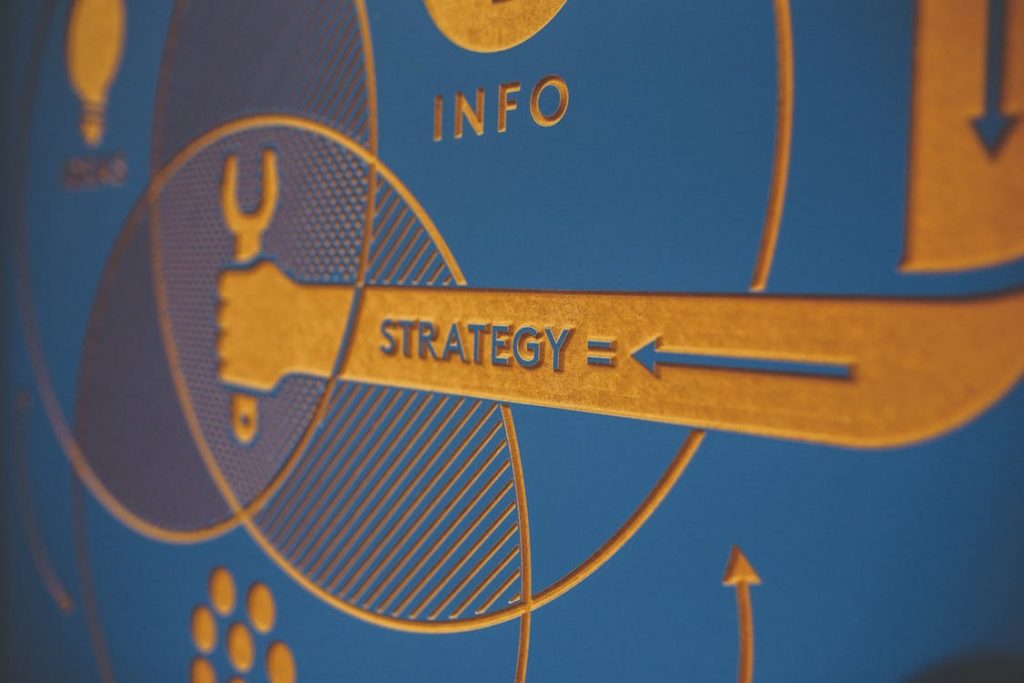The need to integrate sensory and consumer research in product development is an emerging trend in market-driven industries and is particularly applicable to the food and beverage sector.
The well-known market researcher and sensory scientist Howard R. Moskowitz published on the subject ten years ago. He co-authored alongside Jacqueline H. Beckley and Anna V. A. Resurreccion Sensory and Consumer Research in Food Product Design and Development. Now, in its second edition, the publication articulates how various market and sensory research methods can assist with new product development. In providing the rationale for the book, the authors cite a surprising statistic taken from a professionalism study of sensory analysts by one of the authors (Ashman and Beckley, 2002). This study revealed that 26% of sensory practitioners work in academia. Another 44% of respondents described themselves as industry scientists providing technical support to other business units. The remaining 30% of respondents self-categorised as “business builders” applying their expertise to support business strategy. For Moskowitz, Beckley and Resurreccion, “linking well-studied brand attributes to the thoroughly studied product attributes and understanding the connecting threads between the two is an absolute necessity for successfully moving through the development process. “ Doing so is part of a new business function dubbed Consumer Insights and Product Development that already operates at large companies such as “H.J. Heinz, Hershey, Gallo, Frito-Lay, Quaker/Gatorade/Tropicana, and General Mills.”
Coincidentally, one of the keynote speakers featured at the Society of Sensory Professionals (SSP) last September was Jennifer Jo Wiseman, the Vice President of Consumer and Product Insights at E&J Gallo Winery. Through her presentation and the review of an online article from the tech sector, we catch a glimpse of what the new product and new brand development process looks like at Gallo. A systematic, data-driven approach is used to identify opportunities and to test and validate concepts and new products or brands for a segmented and targeted audience, specifically millennials. Gallo couples data analytics with experiential marketing to identify the “sensory signals” that drive product purchase. We learn that the data is collected throughout the supply chain, from the vineyards where grapes are analysed for sensory attributes to the retailers where sensory-based merchandising strategies guide the path to purchase. Along the way, in tasting rooms or events, consumers are taught proper sensory terminology to express their organoleptic preferences accurately. Gallo integrates the sensory data with marketing mix information to drive the decision-making process and reduce the risks associated with launching a new brand or product. The systematic approach is iterative and includes post-launch reviews which help determine product or brand potential.
The opening keynote presentation dealt with a broader theme of exploring market opportunities for innovation. The concept stems from numerous studies which have shown that 40% of new products fail when launched. Pam Henderson in her book “You can kill an idea… but you can’t kill an opportunity” reiterates this claim that “it takes about 3000 ideas to get 100 projects, which result in only two launches, producing, on average, one product that breaks even.” In a saturated environment that is consumer-centric, global, fast-changing and powered by technology, new product developers must focus on recognising opportunities first. In her book, the author identifies six sources of opportunities and three conceptual tool kits to find them.
The importance of dedicating time and effort early in the New Product Development (NPD) process is echoed by other experts. Sensory concepts are particularly relevant in the food and beverage sector where the perception of product quality by consumers can be complex. Sensory attributes such as taste, odour, product or package appearance have been shown to impact purchase. The consumer’s sensory perception of the product can therefore guide the product marketing plan. Sensory information helps with positioning the product and choosing the right language and visuals to appeal to the specific market segment (Simeone and Marotta, 2010).
In order to succeed at opportunity finding, Moskowitz, Beckley and Resurreccion recommend a cross-functional exercise to crystallise company knowledge about brands and products. The technique is called “Knowledge Mapping” and, they argue, is key to delivering actionable results. It consists of 6 steps, and starts with defining a business problem or question. Information from various business groups is first gathered and written on post-it notes and then organised by topic. A knowledge map is then created. Business groups are encouraged to review and learn from it, find patterns, make connections and assess for missing information. The exercise also ends with a validation of the first step to ensure that the formulated business question or problem is adequately answered by the knowledge map.
Among the well-established consumer research techniques that are used in the early stages of the NPD are focus groups, conjoint analyses and category appraisals or preference maps. The focus group is a well-known qualitative method while conjoint analysis and preference mapping are quantitative techniques. All three methods are used in the opportunity identification stage that initiates the NDP cycle (Simeone and Marotta, 2010).
Focus group study involving experiential marketing
A team of European researchers (2012) led a number of focus groups in Italy and Germany to identify and differentiate the sensory experiences, expectations and perceptions of consumers of organic foods in Italy and Germany. The researchers report that sensory attributes such as taste and odour may not be the key reason for purchase but are nonetheless important, especially for the first purchase. While sensory characteristics are relevant conceptually for consumers, both nationalities had difficulty describing the organic products using their senses. The researchers suggest that sensory perception can be learned and that product marketers should educate consumers in recognizing and experiencing sensory attributes. Researchers also believe that product marketers should use both objective (facts) or/and subjective (emotionally-based) messages to “enhance consumer trust” in the product.
Conjoint Analysis
Conjoint analysis is an analytical tool based on Design of Experiment (DOE) that tests product concept or attribute combinations to segment the market and identify the most beneficial product features, benefits or sensory qualities.
Software packages with integrated study design, data collection and analysis tools are now available on the market. As president and CEO of Moskowitz Jacobs Inc., Moskowitz promotes “decision-based products” that help “identify major new opportunities and can exploit the opening rapidly, while the opportunity in the marketplace is still viable.” IdeaMap®Net is “a decision-making tool used to understand the mind of the consumer, using experimental design.” The Ideamap tool uses a form of conjoint analysis for data analysis. A friendly interface guides the user towards creating the study design which is then submitted to online panels for feedback. Consumer responses are analysed by the software and a list of consumers’ “hot buttons” for products or services is generated. Turnaround time can be as fast as 48 hours.
Preference Mapping
Lastly, external preference mapping is a graphical and quantitative technique that combines sensory profiling with consumer preference or acceptance ratings. Descriptive analysis is used to generate sensory profiles, preference or acceptance test methodologies are employed to produce consumer ratings and Principal Component Analysis is one of the tools utilised for the mapping procedure. In the context of consumer research, preference mapping is valuable to benchmark commercialised products or prototypes according to their sensory attributes. Sensory profiles generated by expert panelists provide reproducible and accurate information about attribute type and intensity which explain consumer preferences.
Today’s consumer research is made easier by technology that provides product marketers with new ways to identify, test and validate new product concepts efficiently and reliably. Sensory scientists have a strategic role to play in linking the senses to the brand. They can do so by sharing their technical knowledge and integrating sensory experiences and expectations into the cognitive study design. They can also add value by providing consumer tests and descriptive analysis methodologies for preference mapping studies. These interventions can take place early in the new product development cycle where concepts or marketed products are tested to discover patterns of consumer preferences.


